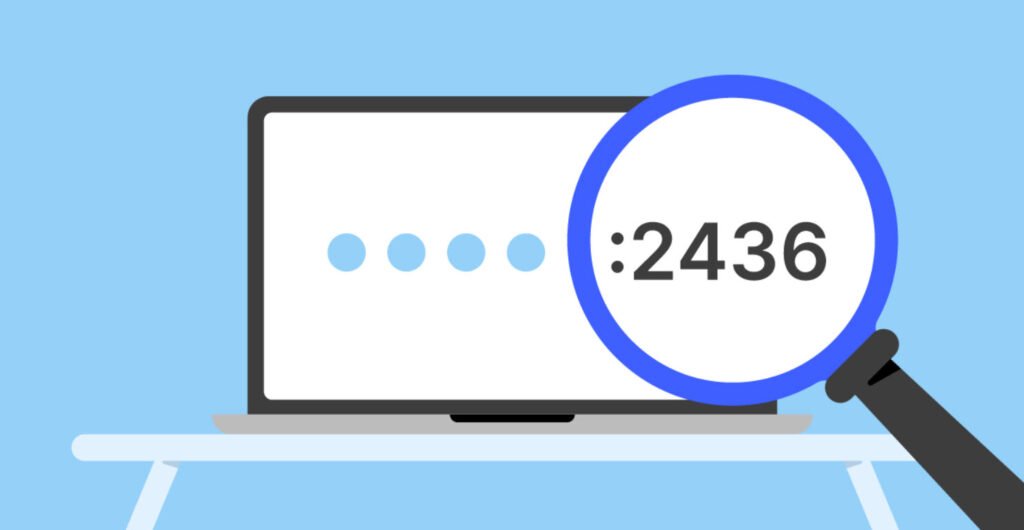
As a cloud administrator, understanding the basics of networking is essential. One of the fundamental concepts in networking is port numbers. A port is a communication endpoint that is used to identify a specific process or service on a networked device. Port numbers are used by protocols to establish connections between devices and enable data transfer.
Here are some common network port numbers that every cloud administrator should be familiar with:
20, 21 – TCP – File Transfer Protocol (FTP)
FTP is a protocol used for transferring files between computers. Port 20 is used for data transfer, while port 21 is used for control information.
22 – TCP and UDP – Secure Shell (SSH)
SSH is a secure protocol used for remote access to devices. Port 22 is used for SSH connections.
23 – TCP – Telnet
Telnet is a protocol used for remote access to devices. Port 23 is used for Telnet connections.
25 – TCP – Simple Mail Transfer Protocol (SMTP)
SMTP is a protocol used for sending email messages between servers. Port 25 is used for SMTP connections.
53 – TCP and UDP – Domain Name Server (DNS)
DNS is a protocol used for translating domain names into IP addresses. Port 53 is used for DNS connections.
67, 68 – UDP – Dynamic Host Configuration Protocol (DHCP)
DHCP is a protocol used for assigning IP addresses to devices on a network. Port 67 is used for DHCP server requests, while port 68 is used for client requests.
69 – UDP – Trivial File Transfer Protocol (TFTP)
TFTP is a protocol used for transferring files between devices. Port 69 is used for TFTP connections.
80 – TCP – Hyper Text Transfer Protocol (HTTP)
HTTP is a protocol used for transferring web pages and other web content. Port 80 is used for HTTP connections.
110 – TCP – Post Office Protocol (POP3)
POP3 is a protocol used for retrieving email messages from a server. Port 110 is used for POP3 connections.
119 – TCP – Network News Transport Protocol (NNTP)
NNTP is a protocol used for transferring Usenet articles between servers. Port 119 is used for NNTP connections.
123 – UDP – Network Time Protocol (NTP)
NTP is a protocol used for synchronizing the clocks of networked devices. Port 123 is used for NTP connections.
135-139 – TCP and UDP – NetBIOS
NetBIOS is a protocol used for identifying devices on a network. Port numbers 135-139 are used for NetBIOS connections.
143 – TCP and UDP – Internet Message Access Protocol (IMAP4)
IMAP4 is a protocol used for retrieving email messages from a server. Port 143 is used for IMAP4 connections.
161, 162 – TCP and UDP – Simple Network Management Protocol (SNMP)
SNMP is a protocol used for managing and monitoring network devices. Port 161 is used for SNMP requests, while port 162 is used for SNMP traps.
179 – TCP – Border Gateway Protocol (BGP)
BGP is a protocol used for exchanging routing information between routers. Port 179 is used for BGP connections.
389 – TCP and UDP – Lightweight Directory Access Protocol (LDAP)
LDAP is a protocol used for accessing and maintaining directory services. Port 389 is used for LDAP connections.
3389 – TCP – Remote Desktop Protocol (RDP)
RDP is a protocol used for remote access to Windows-based devices. Port 3389 is used for RDP connections.
443 – TCP and UDP – HTTP with Secure Sockets Layer (SSL)
SSL is a protocol used for secure web browsing. Port 443 is used for SSL connections.
500 – UDP – Internet Security Association and Key Management Protocol (ISAKMP) / Internet Key Exchange (IKE)
ISAKMP/IKE is a protocol used for establishing secure VPN connections.
636 – TCP and UDP – Lightweight Directory Access Protocol over TLS/SSL (LDAPS)
LDAPS is a secure version of LDAP that uses TLS/SSL for encryption. Port 636 is used for LDAPS connections.
989/990 – TCP – FTP over TLS/SSL
FTP over TLS/SSL is a secure version of FTP that uses TLS/SSL for encryption. Port 989 is used for FTPS data transfer, while port 990 is used for control information.
These are some of the most common network port numbers that every cloud administrator should be familiar with. Understanding these port numbers will help you troubleshoot network issues and ensure that your cloud infrastructure is secure and reliable.
It’s important to note that these port numbers are not set in stone and can vary depending on the specific implementation of a protocol. Additionally, some protocols may use multiple ports for different purposes.
As a cloud administrator, it’s your responsibility to stay up-to-date on the latest network port numbers and protocols. You should also have a good understanding of network security and know how to configure firewalls and other security measures to protect your cloud infrastructure from potential threats.
You may also like:- How To Fix the Crowdstrike/BSOD Issue in Microsoft Windows
- MICROSOFT is Down Worldwide – Read Full Story
- Windows Showing Blue Screen Of Death Error? Here’s How You Can Fix It
- A Guide to SQL Operations: Selecting, Inserting, Updating, Deleting, Grouping, Ordering, Joining, and Using UNION
- Top 10 Most Common Software Vulnerabilities
- Essential Log Types for Effective SIEM Deployment
- How to Fix the VMware Workstation Error: “Unable to open kernel device ‘.\VMCIDev\VMX'”
- Top 3 Process Monitoring Tools for Malware Analysis
- CVE-2024-6387 – Critical OpenSSH Unauthenticated RCE Flaw ‘regreSSHion’ Exposes Millions of Linux Systems
- 22 Most Widely Used Testing Tools








